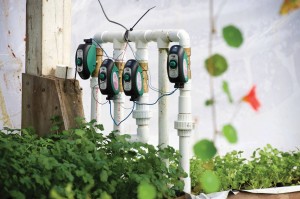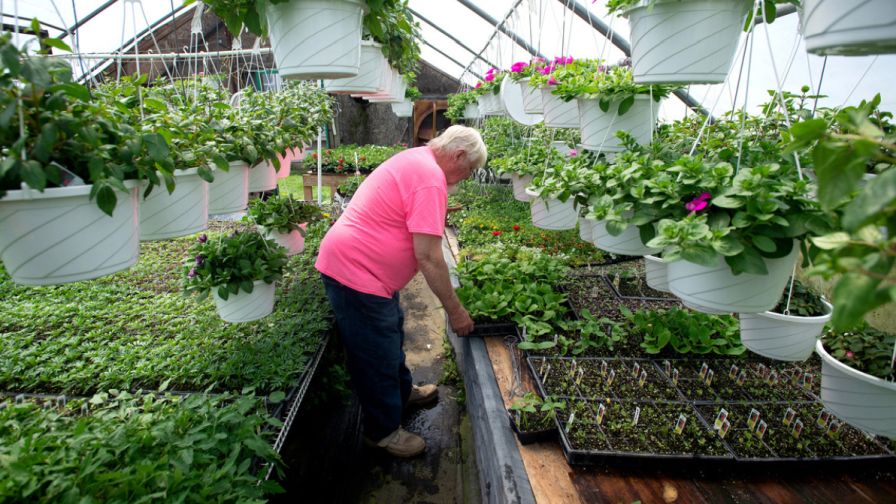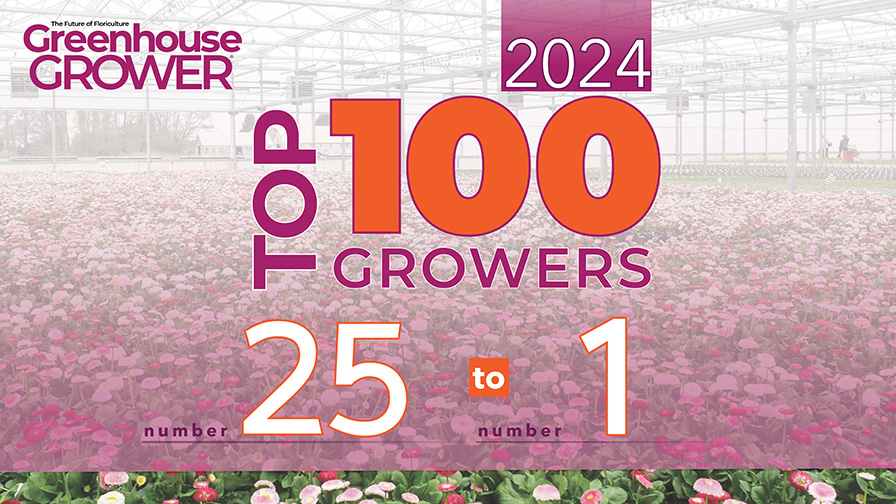10 Things You Need To Know About Aquaponics
 Are you curious about expanding into aquaponics? Bob and Jesse Kilgore of Brogue Hydroponics in Brogue, Pa., offer 10 factors you need to consider.
Are you curious about expanding into aquaponics? Bob and Jesse Kilgore of Brogue Hydroponics in Brogue, Pa., offer 10 factors you need to consider.
1. Pay attention to nutrient levels. “In aquaponics, the EC level of nutrients in the solution is much lower,” Jesse says. “We’ve had very healthy plants in an aquaponics system, and we can hardly detect nutrients in the water. It’s as if the plants are removing the nutrients as soon as the fish put them in the water. But you have to watch your balance. The plants create clean water for the fish. If you don’t have enough plants, you could potentially create harmful water for your fish.”
2. Have a consultant on hand. “Talk to experts and have them on board,” Bob says. “Once you get into the system, you will likely run into problems and need to find solutions.”
3. Pest control can be a challenge. “You have to be certain that what you spray will not harm the fish,” Jesse says. This can be difficult, especially when it comes to insect control. Brogue has always used a combination of conventional materials, organically approved materials and beneficials. But even organic materials can be harmful to the fish and unusable for pest control, so your pool of products is limited. As a result, Brogue uses a lot of biological controls and beneficial insects, as well as insecticidal soaps, in its aquaponics system. “This is another area where having a consultant can help and should be part of your plan,” Bob says. “You have to be very knowledgeable about every product and how you are using it.”
4. Air pumps are critical. “You need air pumps for sure,” says Jesse. “One thing we learned is it’s better to oversize your air pumps so you have plenty of oxygen.”

Aquaponics producers must have systems in place to make sure pumps and filters are running as required.
Credit: Jordan Bush Photography
5. Along with these air pumps, make sure you also have an alarm system in place. “Maybe the biggest thing we’ve learned is how critical it is to have fail safes in place,” Jesse says. “This is a difference between hydroponics and aquaponics. If you have a pump go out in a hydroponic system and you notice it four hours later, you might have some plant wilting, but you can turn the water back on and there’s no loss. In aquaponics, if a pump goes out, it could be a matter of hours before you lose your fish.” Because of this, you need alarms to alert you when your systems aren’t working, as well as shut-off switches. “You have to anticipate what could go wrong and figure out a solution,” Jesse says.
6. You need to get an aquaculture license if you want to sell your fish. “Once you start selling fish, it needs to come from a licensed facility,” Bob says.
7. Find a reliable fish hatchery. “Make sure you have a good hatchery where you trust the quality of the fish, as well as the fish food,” Bob says. “We get all our fingerlings from Zetts Fish Hatchery in Drifting, Penn. I would suggest that folks contact their local agriculture agents for recommendations.”
8. Fish food is not complicated. “Fish waste in the water is filtered through gravel grow beds, so the plants are acting as biofilters,” says Bevan Suits of AquaPlanet. “Sometimes adding nutrients is necessary, but for the most part the only input to the system is fish food, which is available commercially. Over time growers can experiment with their own food production, and there are aquaculture experts more than willing to help with the process.”
9. You need a fish that is going to grow quickly. “We estimate it takes 9 to 12 months to get trout to market, and 15 to 18 months for bass,” Jesse says. “Faster growing fish are more efficient, they eat more and have higher metabolism.”
10. Decide early if you’re going to process the fish yourself. “When we first started selling live fish to restaurants, they would process it,” Bob says. “But if you’re going to sell fish at a farmers’ market, you need to coordinate the processing. We came up with a system where we take it to a monger and we pay him to clean it for us.”










